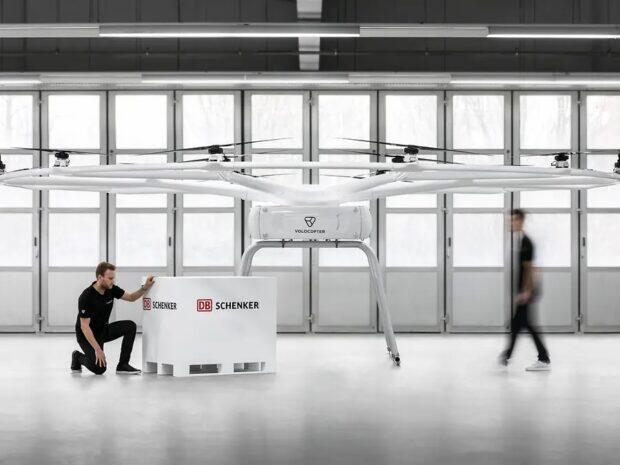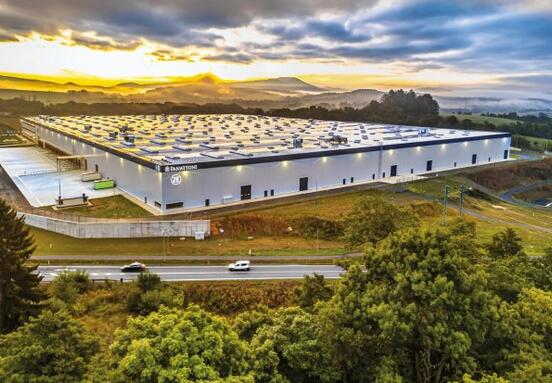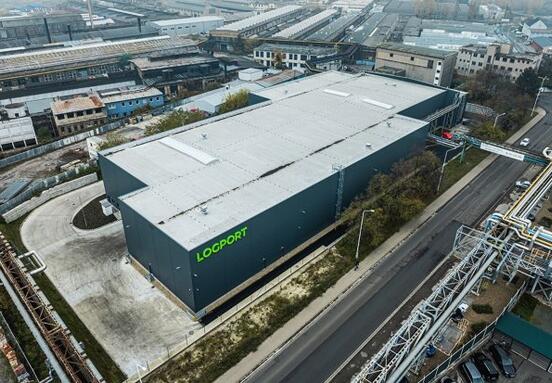The VoloDrone is intended for transporting larger loads, it can carry up to 200 kg. "Rather than hobby drones, a comparison is offered with a helicopter. Compared to it, it is smaller, four times quieter, has up to five times lower operating costs, does not need a crew, and above all is significantly more sustainable thanks to the electric drive," summarizes the main benefits of Nuri Morava, head of the initial innovation and laboratories department at DB Schenker, who recently spoke about the project at the Drontex conference in Piešťany, Slovakia.
The first test flight, including the entire loading and unloading process, was carried out by the company in October 2021 in Hamburg, and since then it has been developing the third version of the drone. In densely populated areas with high traffic intensity, it will enable faster delivery independent of the traffic situation in the city. However, its use in remote areas that are otherwise difficult to access is also interesting. Its advantages will be appreciated especially by entrepreneurs in island areas that are dependent on limited cargo ship schedules, as well as high in the mountains, where air transport is the only option, and in the case of the VoloDron, it is also environmentally friendly. Last but not least, it can also be used in special cases when it is necessary to supply, for example, oil platforms or even cargo ships. In this case, according to both mentioned companies, the biggest benefit is safety.
VoloDron parameters
Speed: 800-100 km/h.
Range: 40 km
Load capacity: 200 kg (the weight of the drone itself is less than half a ton)
Dimensions: diameter 9.15 m and 2.15 m high / cargo area 1 meter high
Construction: 18 electric motors and rotors allow the drone to take off and land vertically
Drive: replaceable electric batteries
Operating cost: 4-5 times lower than a helicopter
Noise: 4 times quieter than a helicopter
Safety: 10-9 (aims for the highest safety standard, the probability of component failure is one in a billion)







